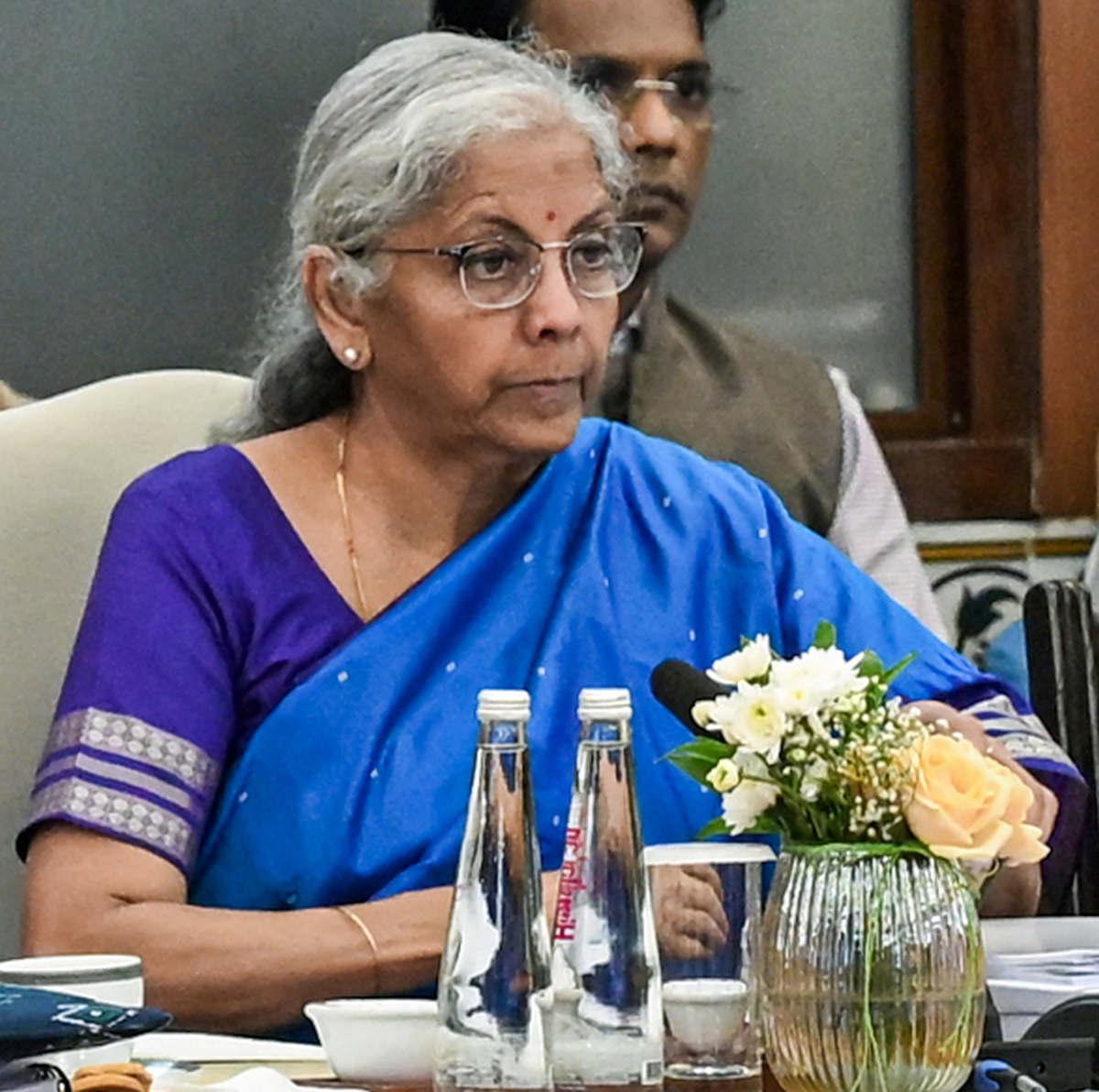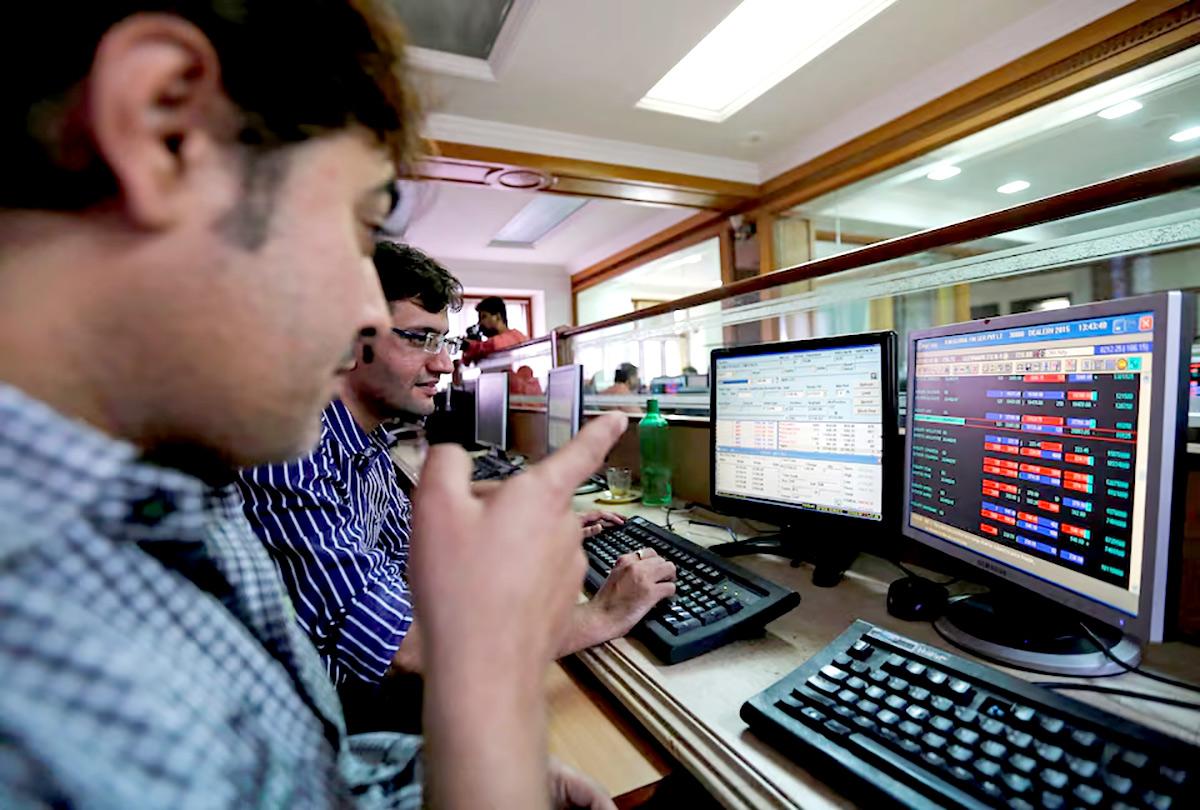To ensure a glitch-free rollout of the next-generation GST with reduced rates and lesser slabs, Finance Minister Nirmala Sitharaman chaired three separate meetings to assess GSTN’s preparedness and the time it would take to implement technological changes required in the software systems.

Photograph: ANI Photo
In an interview to PTI, Sitharaman said the Centre had started the preparatory work on upgrading GST Network’s (GSTN) backend much in advance.
“It is only after making sure, just in case it gets passed, because I wouldn’t know whether the council pass it or not.
“I said, in case the council gets this through, will my GSTN system be ready for it?
“How long will you take to get ready?” Sitharaman said.
In the biggest reform since Goods and Services Tax (GST) was rolled out on July 1, 2017, the GST Council, comprising the Centre and states, last week decided to decrease the number of slabs to just two from the current four. Currently, GST is levied at 5, 12, 18 and 28 per cent rates, and a compensation cess is levied on luxury and sin goods.
Effective September 22, GST will be levied at 5 and 18 per cent on most goods and services, while a separate 40 per cent rate will be applicable on ultra-luxury items and tobacco-related products.
To implement this reform, the software system of GST Network (GSTN), which provides the IT backend support for return filing and tax payment, has to be upgraded.
At the same time, businesses will also have to upgrade their ERP systems from September 22.
“For this, there were three separate meetings held in the ministry on how much time it would take for GSTN or the digital network to prepare.
“Also, on how much time vendors will take to get their system ready,” the Minister said.
After much deliberation on the date of rollout of a reform of such a big magnitude, it was decided that it should be implemented on the auspicious first day of Navaratri— September 22.
“They (the systems) will be ready,” Sitharaman asserted.
The Finance Minister also expressed confidence that revenue buoyancy driven by a spurt in consumption will take care of the estimated GST shortfall of Rs 48,000 crore following the reduction in tax rates on a host of items, and hence there will be no impact on public finances, but definitely bolster GDP growth.
She emphasised that the consumption boost to be provided by the landmark GST reform and better-than-expected first quarter GDP growth number may help in exceeding the projected pace of 6.3-6.8 per cent for FY26.
Asked about the impact of GST rate cuts on fiscal deficit, Sitharaman said, Rs 48,000 crore financial implication is a static number based on a base year, but when it gets implemented, the base situation changes.
“So, I think the consumption spurt from September 22 will increase income buoyancy.
“To a large extent, this Rs 48,000 crore amount we will be able to make it up this year itself.
“So I don’t see an impact on my fiscal deficit or my fiscal management. I will stick to my numbers (of 4.4 per cent of GDP),” she said.
The Centre estimates the fiscal deficit during 2025-26 at 4.4 per cent of the GDP, or Rs 15.69 lakh crore.
Last week, the all-powerful GST Council, headed by Sitharaman, approved a two-tier structure of 5 per cent and 18 per cent taxes, as well as a 40 per cent slab for sin goods.
Nearly 400 products – from soaps to cars, shampoos to tractors and air conditioners – will cost less. Premiums paid on individual health and life insurance will be tax-free.
In the revamped GST structure, most daily food and grocery items will fall under the 5 per cent GST slab, with bread, milk and paneer attracting no tax at all. EVs and small cars will be taxed at 5 per cent, while other white goods at 18 per cent – slabs that are lower than current rates.




